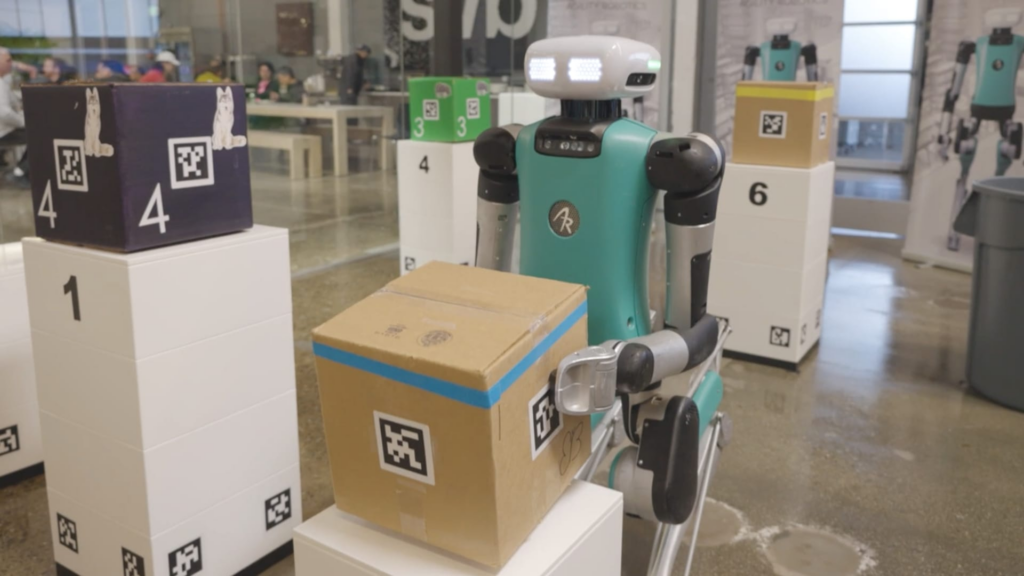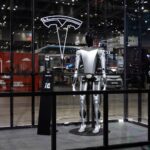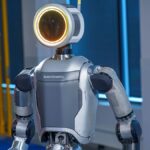In Silicon Valley, AI-driven robots are emerging, potentially addressing a worldwide labor scarcity, as indicated by industry specialists.
Major corporations such as Tesla, Amazon, Microsoft, and Nvidia have each invested substantial amounts in humanoid robots, machines meant to undertake human tasks and often standing on two legs. While these robots are currently primarily utilized in warehouses, proponents suggest a broader future scope including homes and offices.
Elon Musk, the CEO of Tesla, has been a prominent advocate for these advancements. Tesla’s Optimus robot is a core focus for Musk, who asserts that they will have a revolutionary impact surpassing that of the company’s electric vehicles.
During Tesla’s recent earnings call, Musk projected that Optimus could propel the company to a $25 trillion market cap and constitute a significant portion of its long-term value. Amazon, on the other hand, has supported Agility Robotics and deployed Digit robots in its fulfillment centers.
An analysis by Goldman Sachs forecasts the humanoid robot market to grow to $38 billion over the next two decades. The firm anticipates these robots to become as essential as smartphones or electric vehicles, aiding not only in manufacturing and hazardous tasks but also in elderly care and addressing labor shortages.
Enhanced by AI
Human-like robots have existed for years, yet recent advancements in artificial intelligence have instilled fresh optimism in the sector. The progress in AI, akin to that fueling OpenAI’s ChatGPT model, enables robots to comprehend language, make decisions, and utilize computer vision – mimicking human learning in real-world environments.
“Robotics represents the convergence of AI with reality,” remarked Henrik Christensen, a computer science and engineering professor at the University of California, San Diego. “This creates exciting new possibilities that would have been unimaginable even five years ago.”
The global labor deficit has played a pivotal role in driving interest towards humanoid robots. In the U.S. specifically, there is an estimated shortage of 8.5 million jobs, particularly pronounced in manufacturing. Robots are seen as filling critical roles that are repetitive or hazardous.
According to Jeff Cardenas, CEO of robot startup Apptronik, the focus is on tasks that are considered dull, dangerous, or dirty due to ongoing labor shortages. As competition intensifies globally, China has emerged as a dominant force in the industry, surpassing Japan as the leading installer of industrial robots. However, financial constraints and safety apprehensions remain impediments to widespread adoption.
“Mass adoption, or even its approximation, seems to be several years away – possibly at least a decade,” noted Tom Andersson, a principal analyst at Styleintelligence, acknowledging the challenges ahead. Watch the informative video to delve deeper into the humanoid robot rise.











